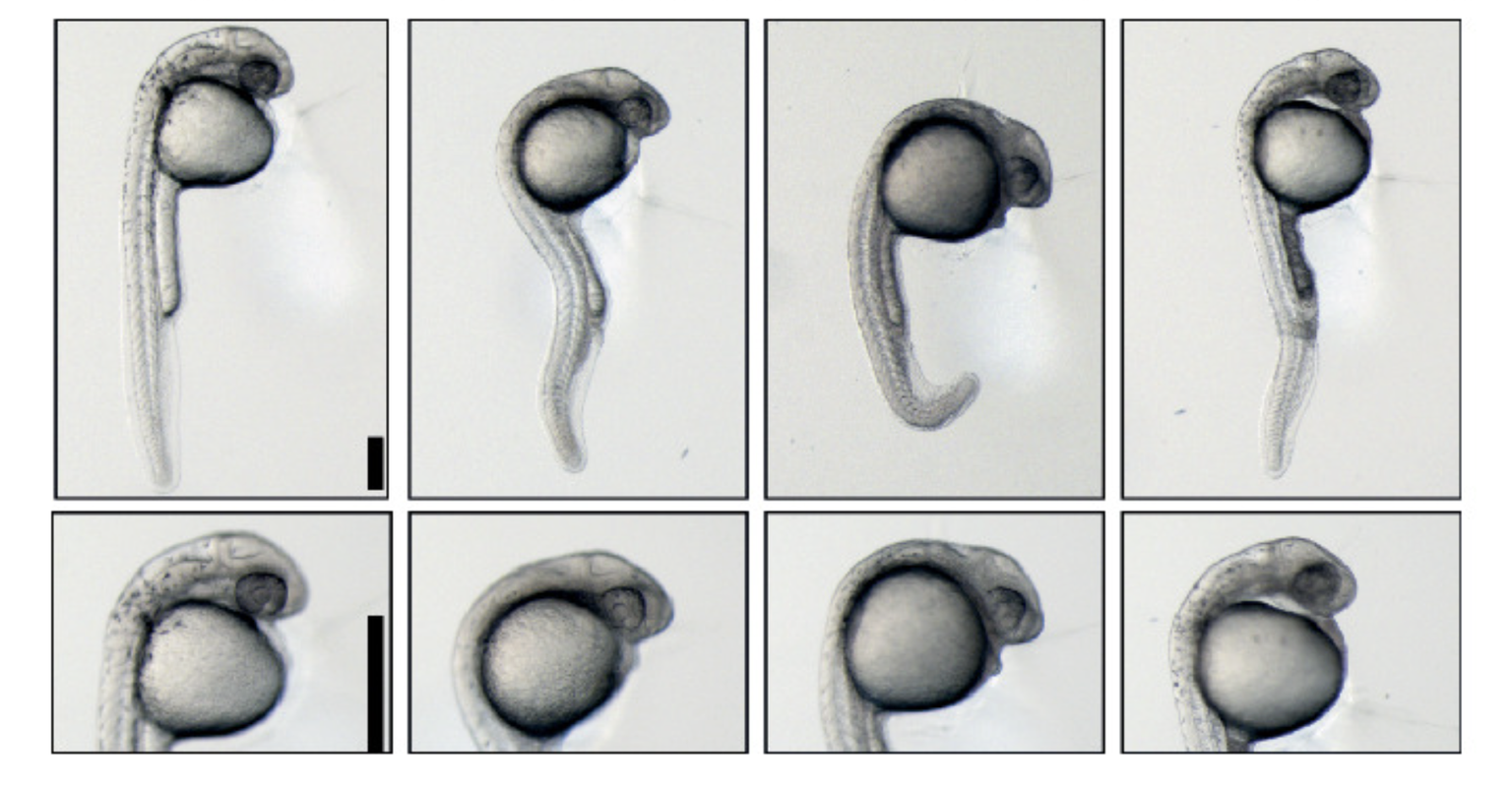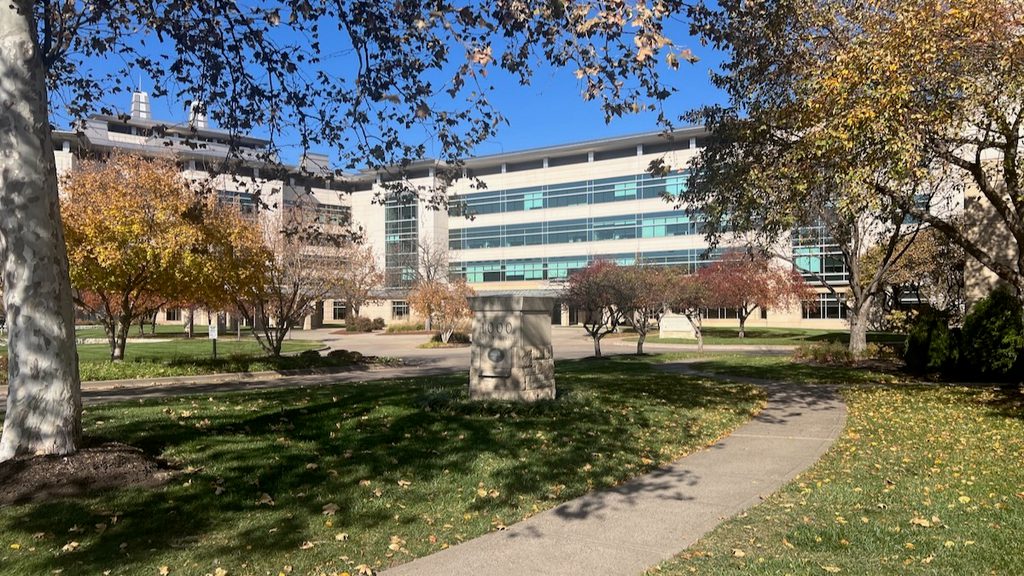#Stowers25: Celebrating 25 Years
24 November 2025
Stowers Institute celebrates 25 years of foundational research at Anniversary Symposium
25 Years of Discovery, Innovation, and Hope
Read Article
Associate Investigator Sue Jaspersen, PhD, has received a grant from the National Institute of General Medical Sciences of the National Institutes of Health to examine the assembly and regulation of yeast spindle poles. When yeast cells divide, spindles are required for the equal partitioning of genetic material in the form of chromosomes to the daughter cells.
Errors in the formation of spindles are associated with a loss or a gain in chromosome number, which can lead to an increased risk for cancer and birth defects. Jaspersen and her team will probe the mechanisms involved in the assembly of spindles.
By using innovative imaging techniques that provide unprecedented resolution combined with genetic and molecular methods, they hope to determine the mechanisms involved in the spindle pole body cycle of duplication and DNA replication.
#Stowers25: Celebrating 25 Years
24 November 2025
25 Years of Discovery, Innovation, and Hope
Read Article
News

18 November 2025
Stowers Associate Investigator Ariel Bazzini, Ph.D., discusses a collaboration that uncovered a new mechanism guiding the earliest steps of life.
Read Article
In The News

17 November 2025
From The Beacon, when the Institute opened its Kansas City headquarters in 2000, much of the scientific world was skeptical that biomedical research could succeed in the Midwest.
Read Article
